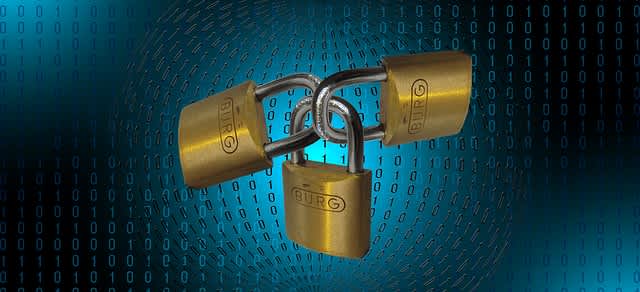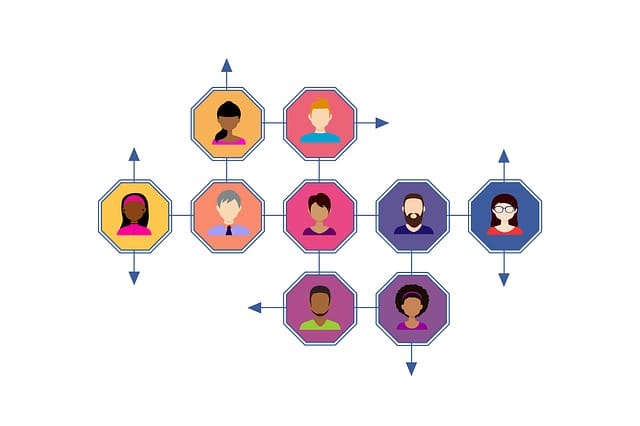What is ISO 27001 Compliance? #
ISO 27001 compliance is the backbone of information security management. Among the dozens of standards in the 27000 family related to good business practices, you can assure your clients and customers that you are running a trustworthy business when you implement the ISO 27001 access control compliance.
The good thing is that accredited companies can implement the ISO 27001 physical security compliance in parts, choosing which company division needs to undergo the certification process. To guarantee ISO 27001 compliance for your access control system, you need to have set an advanced electronic software solution that is in line with the internationally recognized criteria for Information Security Management Systems (ISMS).
If a client raises concerns about sensitive data leakage, cyber attacks or hackers, you would be able to offer an overview of a set of processes and practices to assure them. When you present an ISO 27001 physical security compliance certification, you are giving the word of an independent auditor that you’ve implemented what’s rightfully required in the process.
ISO 27001 Business Benefits #
Why are businesses interested to have the ISO 27001 compliance set in place?
Beneficial aspects include legal harmonization, client satisfaction and financial returns. When you build the critical access points to your company in line with the ISO 27001 compliance elements, you’ll be able to prevent penalties for data breaches, at the same time meeting regional and worldwide security regulations and directives. Getting a third-party approved certification means that you give your clients the peace of mind that’s well beyond the average access control compliance standards. You establish a stronger business reputation.

If you take a wary approach to ISO 27001 physical security compliance implementation motivated by budget restraints, a detailed analysis of the most intricate and vulnerable access points can help you untie the big budget knots.
The good news is that you don’t have to do all at once. Plan the most important and tedious bits at the start. Needless to say, many sophisticated software-based electronic access solutions work for ISO 27001 physical security compliance, as well as for setting information management roles, responsibilities and processes. In this way, ISO 27001 access control compliance is a double blessing. Taking smaller steps makes the whole process much easier.
Start with one department. Doing this will ease you into the process instead of getting overwhelmed by the scope of the final certification. As with any longer business process, once you get the ball rolling, ISO 27001 compliance becomes way more feasible than when you first thought.
Key Elements of the ISO 27001 Compliance Framework #
ISO 27001 compliance is an ongoing process. If you establish a compliance framework of processes to follow, it’s simple to keep track of how far you've come. This is where you need to direct your attention when setting the main compliance framework:
- Full company engagement: Keep everyone responsible, on all levels, for all information security processes.
- Ongoing operation level: Continuous risk assessment as ISO 27001 access control compliance standards are set.
- Risk planning: Core risk assessment and treatment.
- Top management accountability: Compliance must come and be run from the top to be able to function within the set standard framework.
- Reviews and improvements: Run internal audits and proactive compliance checks to see how it all works, and detect unfamiliar vulnerable access points.
As a whole, ISO 27001 access control compliance promotes a new organizational culture for Information Security Management Systems (ISMS).
Although there is no easy way to get your ISO 27001 certification, a checklist below helps you with the entire process, making it look less daunting.

Here’s what you need to take note of:
- Create an ISO access control compliance policy. A written document makes taking the necessary steps easier.
- Evaluate risks, threats and vulnerabilities and set an adequate methodology for solving them. Big or small, your company has them.
- Set project deliverables to avoid mind-boggling practical implementation in the long run.
- Decide on department prioritization -- which company section needed to go first and which can wait to come last?
- Establish and test risk treatment processes. This is a crucial part of the ISO 27001 compliance process and will require the most time and the best skills on your part.
- Design an applicability statement to check how to implement and measure risk assessment control against objectives.
- Assign risk assessment roles and responsibilities, decide on who will do what and how will you measure the risk control effectiveness.
- Implement new procedures and start developing new habits and behaviors.
- Set internal audits, monitoring systems and awareness training. These are essential elements of cementing the ISO 27002 compliance habits on an organizational level.
- Record the ISO 27001 compliant ISMS and keep records for certification auditors.
- Preventive action -- establish a systematic analysis and prediction of what can go wrong next and what can be done to prevent it.
With these tips, you're read to take on running an internationally certified ISO 27001 company!

